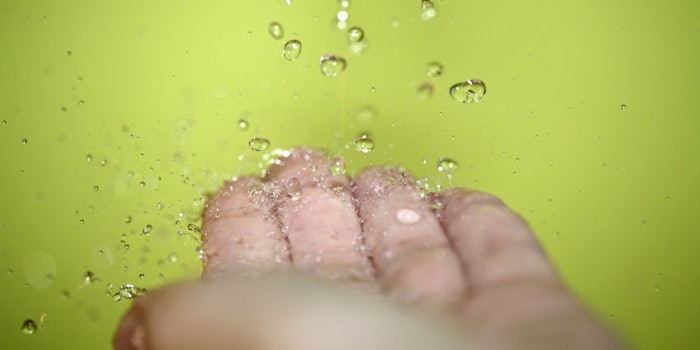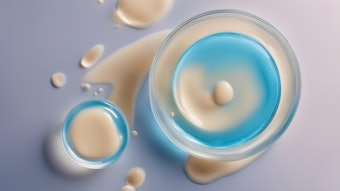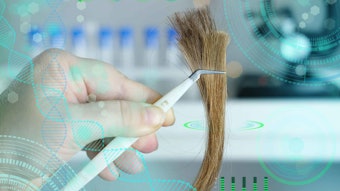The water content of the stratum corneum (SC) influences almost every biophysical property measurable at the skin surface. Water hydration can be measured using the plastic occlusion stress test (POST) or the water sorption- desorption test (WSDT). Like the WSDT, POST provides dynamic information on skin hydration, even on nonvisible skin damage.
The water content of the stratum corneum (SC) influences almost every biophysical property measurable at the skin surface. Water hydration can be measured using the plastic occlusion stress test (POST) or the water sorption- desorption test (WSDT). Like the WSDT, POST provides dynamic information on skin hydration, even on nonvisible skin damage.
However, the POST requires a complex mathematical approach to analyze the decay curves and decay constants. A simpler technique to noninvasively measure the in vivo kinetics of skin interaction with exogenous water is the WSDT. The WSDT uses bioengineering instruments to measure electrical parameters that represent the skin hydration state as an electrical capacitance or conductance reading. This technique minimizes the subjectivity involved in obtaining the data, allowing for greater accuracy and reproducibility than visual scoring methods.
Download the complete article.











